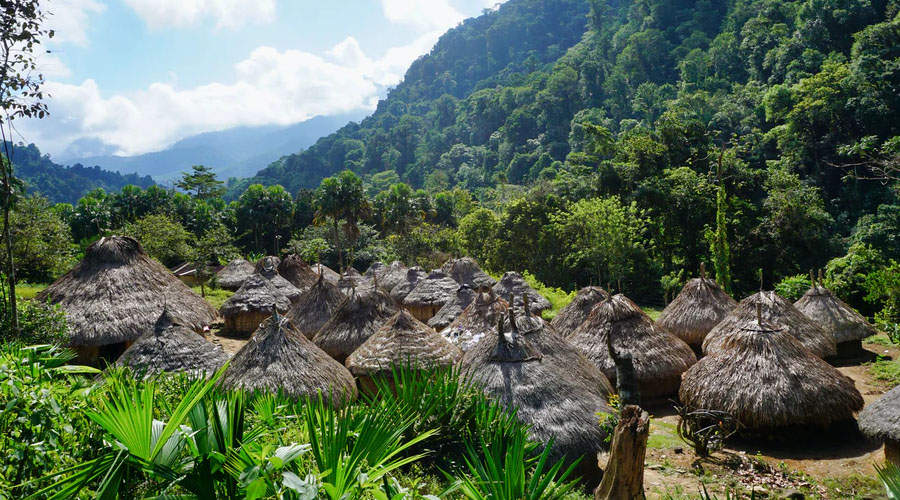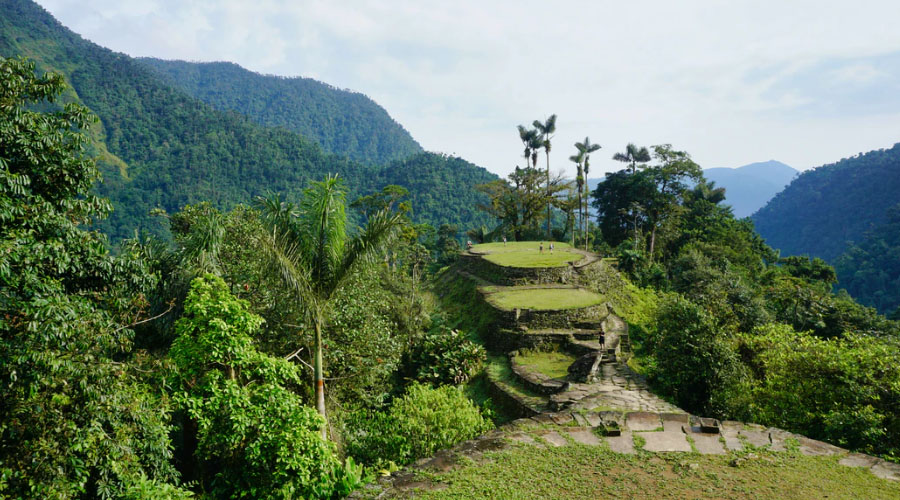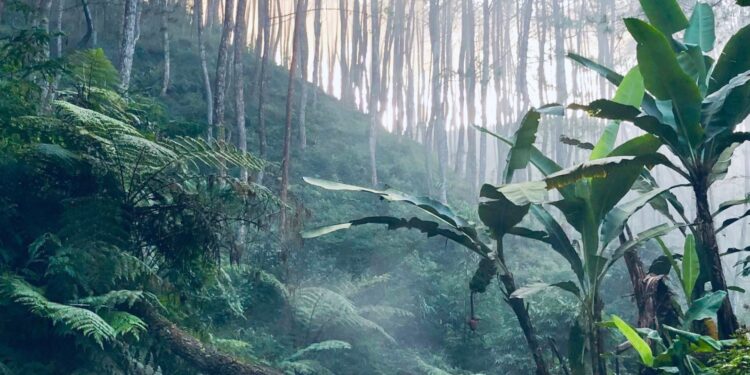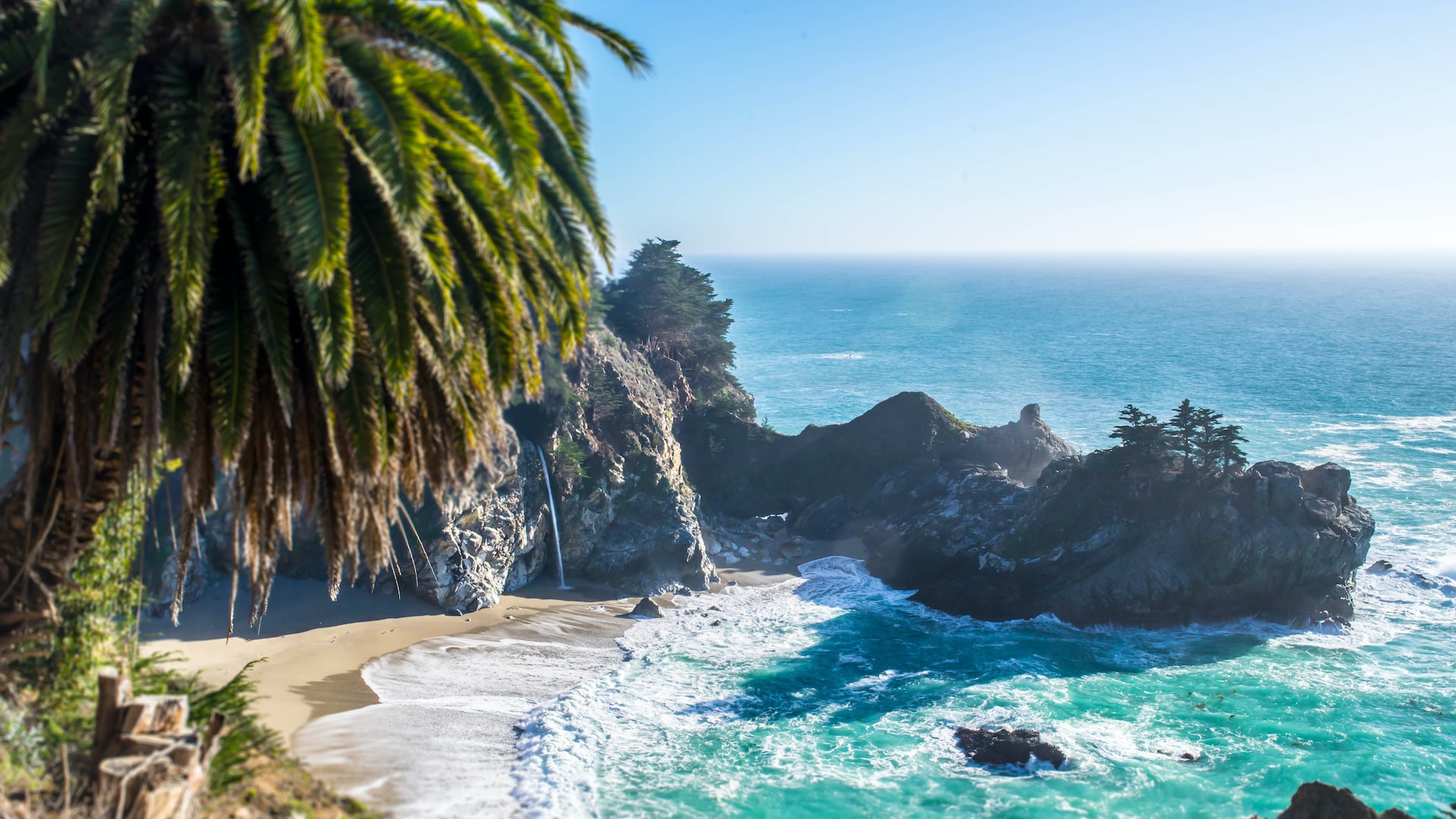In this blog post we’re going to talk in more detail about land usage rights and land protection right in Colombia. This is an important area of study for land investors who invest in foreign countries, because after you purchase a plot of land, it’s important to know what you can use that land for, and how you can ensure that land remains protected (and yours). So let’s jump in.
In principle, the control of real estate property in Colombia belongs to the person who holds its deed, possession, or tenure.
In terms of land protection, several Colombian statutes including the civil code, the penal code, and the police code include a number of legal statutes aimed at protecting the legitimate owner of the property. For example, suppose the property owner is disturbed, harassed, or hindered by another party who intends to seize a portion of a lot, farm, or urban property. In that case, the owner has at their disposal legal actions such as “obstruction of property” (perturbación de la propiedad) and the owner may even request police actions in cases that require a more immediate response.
As you can see, in general terms, private property and land are well protected in Colombia.
Which land-use limitations exist in Colombia?
Colombian law stipulates a variety of limitations to land owners to prevent them from carrying out specific activities on their property, which might even include expropriation for public use.
In this regard, the foremost legal regulation is Article 58 of the Political Constitution of Colombia, which states that:
“Private property and other acquired rights in accordance with civil laws are guaranteed [by the Constitution] and cannot be lost or diminished by subsequent laws. However, when the application of a law enacted for public utility or social interest causes individual rights to be in conflict with the collective need acknowledged by such law, the private interest must yield to public or social interest. Property is a social function that implies obligations. As such, it has an inherent ecological function.”
This means that although the law upholds private property rights, these rights can also be limited when a property is required to fulfill a social function such as the construction of a road, bridge, etc.

Properties located in indigenous or Afro-Colombian collective territories cannot be sold or exchanged for any reason.
Land Usage Rights & limitations in Colombia
The most important limitations to property rights in Colombia are as follows:
- The POT, Plan de Ordenamiento Territorial or Territorial Organization Plan, is created by the regional entities (municipalities and districts) and determines zoning rules in a specific region. It establishes where houses can be built, as well as the location of industrial zones, ecological preserve areas, tolerance zones, the location of future city infrastructure, and development density (this last point establishes a limit to building height.)
- Easements are the obligation of a property owner to leave space for utility grids such as electric lines, hydrocarbons/natural gas pipes, and, where applicable, to allow access to public roads to neighboring lots that don’t have direct access. In this case, a remuneration is stipulated as compensation for the affected property.
- Administrative or judicial expropriation is similar to eminent domain. It applies that, when a property is needed for the construction of high-impact public works such as roads, bridges, ports, etc that a property or land sale will be required. This is a forced sale, as the state purchases the property for its own uses. However, keep in mind that the property owner is compensated for the land and therefore the land’s value is not lost.
- Properties located in indigenous or Afro-Colombian collective territories: A wide area of the Colombian geography belongs to the aforementioned communities. These properties cannot be sold or exchanged for any reason.
- Properties declared by the Ministry of Culture as of cultural or historical interest. The façade or structure of this type of property cannot be demolished or renovated so as to not affect its historical or architectural value. Examples of these properties are historic houses and convents.

Lost city Colombia
What about above and below-ground mining rights (oil, gems etc.)?
The Political Constitution of Colombia, which is the highest-ranking legal statute, assigns the property of all natural resources found in the subsoil—below ground—to the state.
Article 332: “The State is the owner of the subsoil and non-renewable natural resources, without prejudice to acquired rights and perfected in accordance with pre-existing laws.”
Suppose minerals or hydrocarbons are found within private property. In that case, these resources belong to the state, which it can exploit by itself or through an authorized third party. Individuals can make use of renewable resources such as solar energy and wind (which include regulations to connect to the national grid) and other renewable resources such as timber.
Who owns drilling rights in Colombia?
As mentioned in the previous section, drilling rights for non-renewable resources belong to the nation. Drilling to access renewable resources such as groundwater is allowed, but it requires permission from the respective environmental authority.
Who regulates mining in Colombia?
In Colombia, mining exploitation is regulated in its most important aspects by the national government, specifically by the Ministry of Mining and Energy and the Ministry of the Environment, and its Environmental Licensing Agency (ANLA.) These authorities grant mining permits in Colombia.
Conclusion
We hope you’ve found this article on Colombian land usage rights helpful. If you’re interested in learning more about how to buy land in Colombia reach out to us today. At Tycoon.to, we help foreigners invest in Colombian land.
We also have many great articles over on our land investing blog which help land investors learn more about the land acquisition process in Colombia. For example, we recently wrote a post about how to finance Colombian land purchases and we also wrote another post which walks land investors through the step by step land purchase process in Colombia.
We hope you find these resources helpful!





 Farm Animals
Farm Animals  Farms For Sale
Farms For Sale  Land Auctions
Land Auctions  Land For Sale
Land For Sale  Under 10K
Under 10K 
You must Register or Login to post a comment